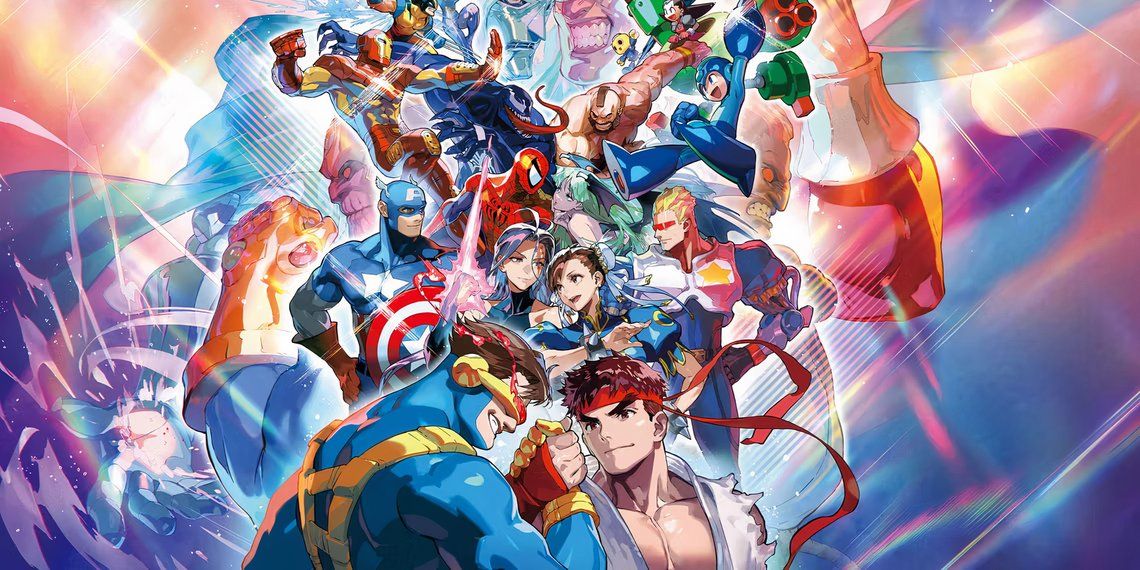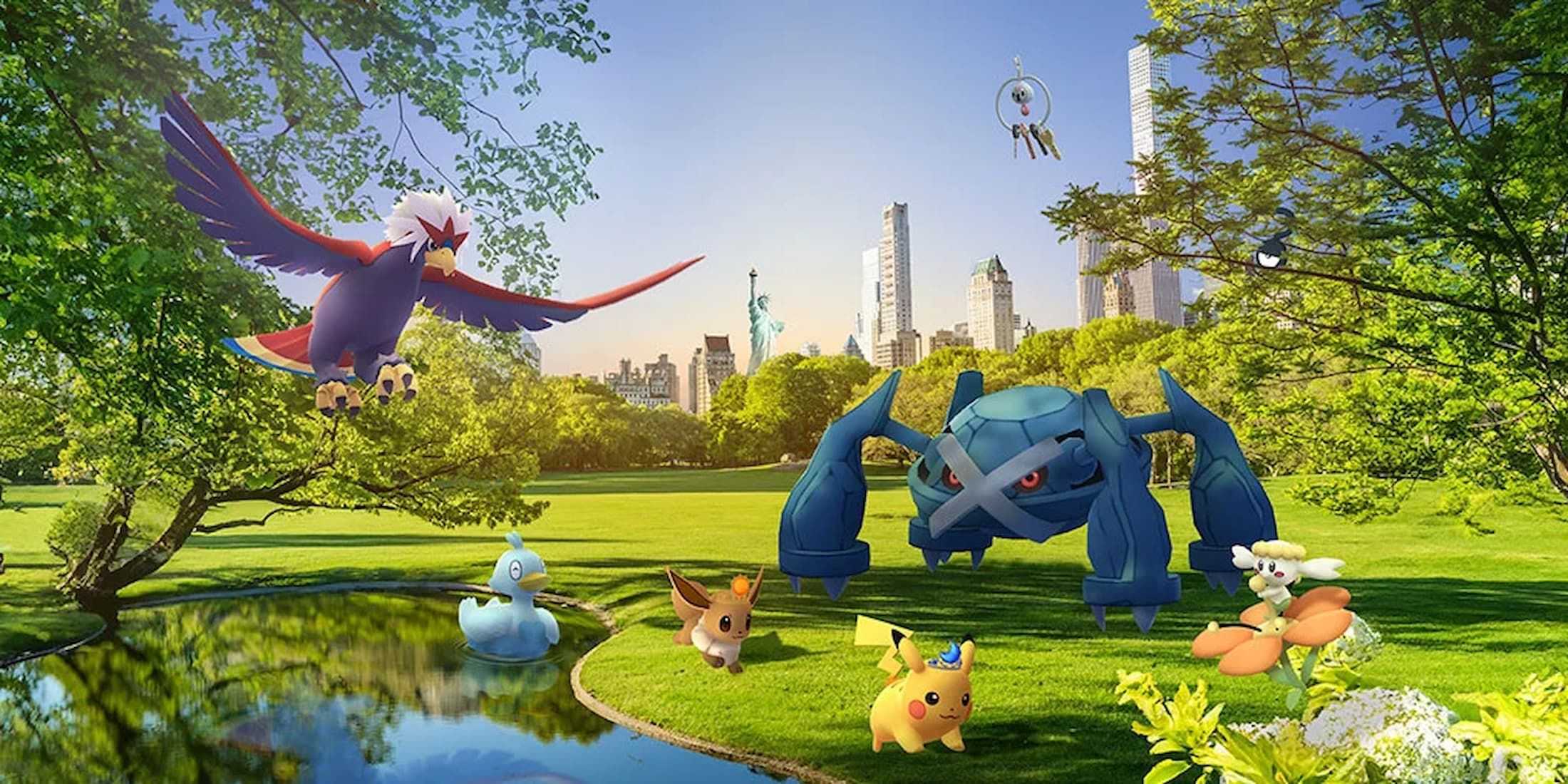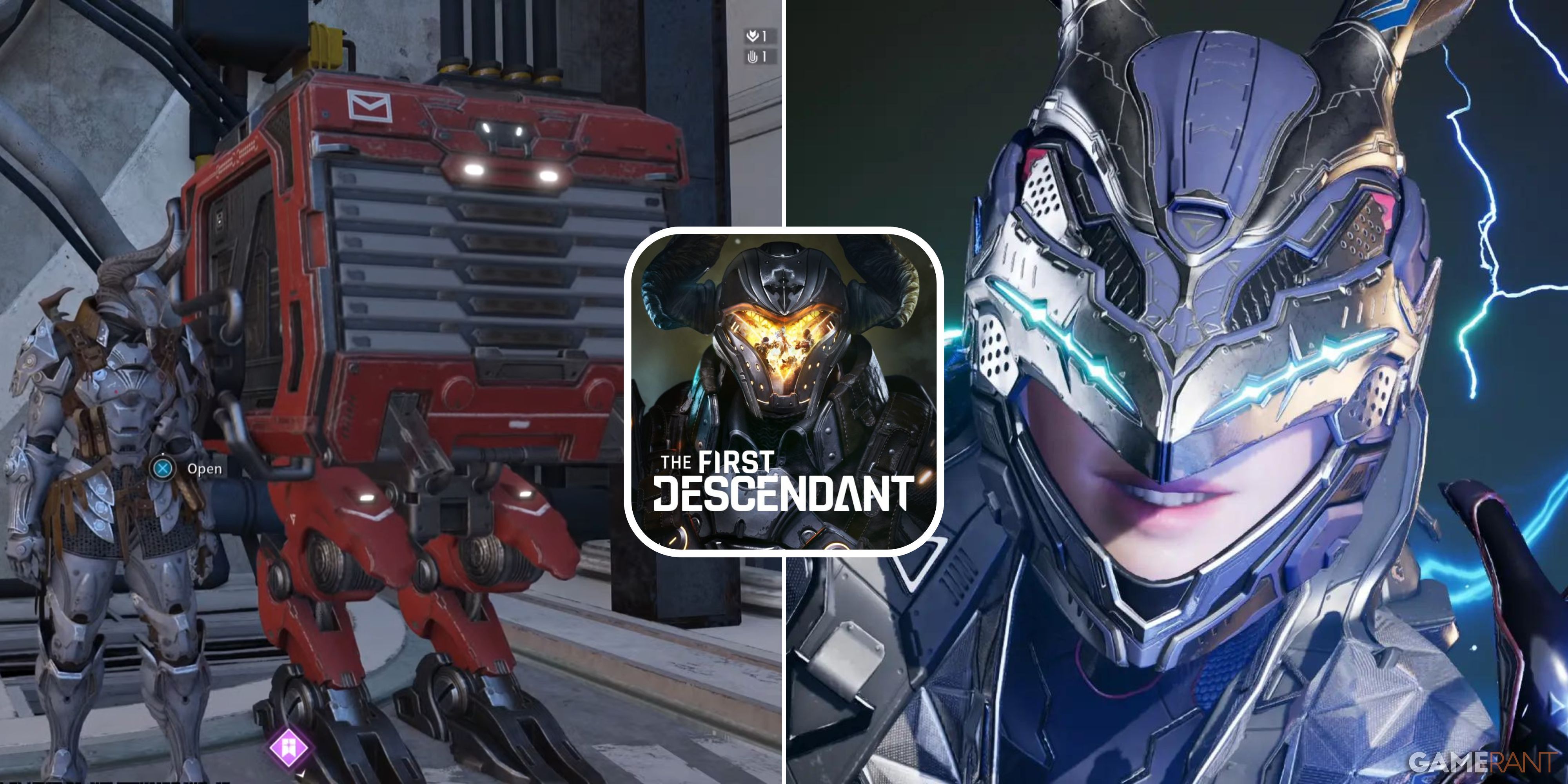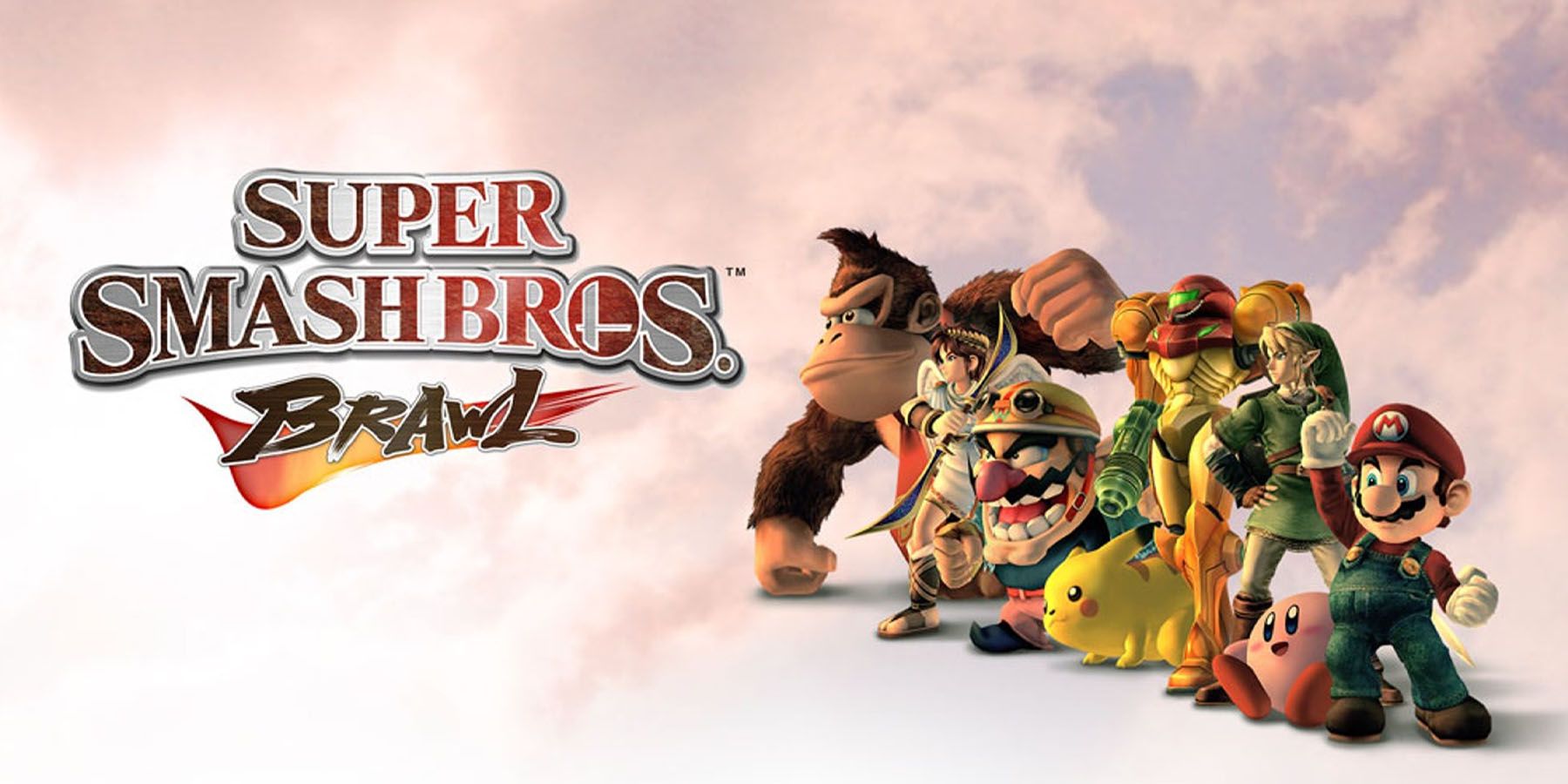A recent video from Super Smash Bros. Brawl’s director, Masahiro Sakurai, explains how and why the game had a more casual focused approach as opposed to Super Smash Bros. Melee. For those uninitiated, legendary game designer and director Masahiro Sakurai started up a YouTube channel last year, where he goes over various aspects of game design and what he worked on before, with many tuning in to learn about his insights in the industry. He also provides stories behind the development of each game he had previously worked on, including Super Smash Bros. Brawl.
Super Smash Bros. Brawl is the third game in the franchise, following up the acclaimed Super Smash Bros. Melee on the GameCube a console generation before. While it was a hit among fans, it was also a game that the competitive community turned away from, decrying how it was slower and more “casual” as opposed to Melee. Sakurai’s video behind Brawl’s development goes into great detail behind the game’s origins, period of development, and how it was designed to be geared towards more casual players.
Sakurai notes that Super Smash Bros. Melee’s fast-paced action was greatly appealing for the competitive side of the fanbase. It, however, had the consequence of being easy to learn but difficult to master the controls of. While this made it fun for competitive players to watch, this made it incredibly challenging for new players to try out. Sakurai even recalled a case where a competitive player got tendinitis from the game’s high level of control. With the Wii being more catered toward Nintendo’s casual crowd, it resulted in the game changing its focus.
Sakurai explained that the aim was to make it less hardcore than Melee, and that the game was also going to have to accommodate the single Wiimote as a control scheme. The implementation of online play for Super Smash Bros. Brawl was also going to introduce a layer of complexity, where fast gameplay could potentially be a problem in introducing more frame skips during matches. As such, Brawl's speed was changed to be slower, tuning it to more casual gameplay instead. He also brings up an anecdote of the game's play-testing phase, which helped balance out the fighters. According to Sakurai, they only had four players in this role, and they weren't "professional" level players either.
On a related note, Sakurai reinforces his view on how Super Smash Bros. isn't suited for online play, noting how Smash Bros. is best enjoyed when played among friends, with an online experience potentially hampering one's enjoyment. Despite his own personal view, he stated that it is his job to overcome the technical challenges with including it.
Super Smash Bros. Brawl is available on the Nintendo Wii.




